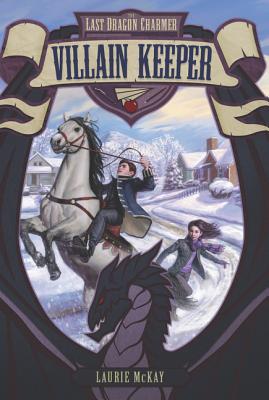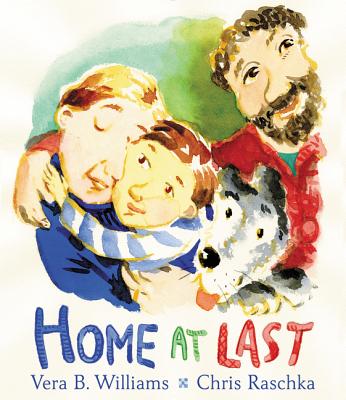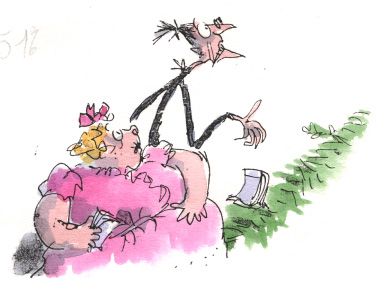Killing off parents is a time-honored plot device in children’s adventure stories. After all, how are kids supposed to have the freedom of movement required to solve mysteries, follow bad guys, chase dragons, or generally save the world from impending doom if they have doting parents who expect them to be home in time for supper?
Likewise, being placed in a miserable foster home of one sort or another is a common springboard for drama and/or adventure in the lives of fictional kids. Most young readers and their parents seem to understand the need for the first choice and take it in stride without worrying too much about real-life implications. But does the miserable foster family device skew the impression that kids and adults have of foster families in the real world?
 I started thinking about this last year when I was recommending a book to a mom and daughter and casually mentioned that it had, in addition to action, adventure, dragons, and humor, a refreshingly positive depiction of a foster parent. The mom seized on that point right away and was sold. (The book, by the way, was Villain Keeper by Laurie McKay, one of my go-to hand-sells in middle grade fantasy.)
I started thinking about this last year when I was recommending a book to a mom and daughter and casually mentioned that it had, in addition to action, adventure, dragons, and humor, a refreshingly positive depiction of a foster parent. The mom seized on that point right away and was sold. (The book, by the way, was Villain Keeper by Laurie McKay, one of my go-to hand-sells in middle grade fantasy.)In April of this year, Spellbound held a fundraiser event for a local nonprofit called Eliada that provides educational and therapeutic support for kids in foster care, as well as training and support for foster parents. I got into a conversation with a couple of their staff members about the prevalent negative stereotypes of foster kids and/or foster parents on popular culture—particularly in movies and television—when in fact kids end up needing foster care for a variety of reasons and most people who decide to foster are actually very nice people trying to provide safe and loving homes for kids who need them.
 Out of this conversation sprang a “Fostering Love” story time at the bookstore, with the aim of presenting positive examples of foster families and also creating more understanding and empathy among kids and parents for those families, who may be going through some challenging adjustments. Among the books we chose to share were Little Cub by Olivier Dunrea, Murphy’s Three Homes by Jan Levinson Gilman, and the wonderful Home at Last by Vera B. Williams, illustrated by Williams and Chris Raschka. (Warning for those reading aloud: this one is likely to choke you up at the end.)
Out of this conversation sprang a “Fostering Love” story time at the bookstore, with the aim of presenting positive examples of foster families and also creating more understanding and empathy among kids and parents for those families, who may be going through some challenging adjustments. Among the books we chose to share were Little Cub by Olivier Dunrea, Murphy’s Three Homes by Jan Levinson Gilman, and the wonderful Home at Last by Vera B. Williams, illustrated by Williams and Chris Raschka. (Warning for those reading aloud: this one is likely to choke you up at the end.)There is now a wish list of “foster positive” books for various ages on the bookstore’s website that supporters can purchase and donate to Eliada, where they can be given out to foster families. I’d love to hear about your favorites on the topic in the comments.


Missing May, by Cynthia Rylant
Foster Families in Kid Lit: Gossamer by Lois Lowry
I am training to be a CASA (advocate for kids in foster care) and am so glad to see this and the suggested titles. I will check back to see what else is added. Thank you!
A book I read as a kid, in the 1960s, published by Scholastic. I think it was called Ready-Made Family. The foster family is shown as much better than the biological family.
One for the Murphys by Linda Mullaly Hunt
Don’t forget Patricia Reilly Giff’s beautiful, brilliant PICTURES OF HOLLIS WOODS.
Great suggestions!
Kinda Like Brothers by Coe Booth.
Orbiting Jupiter by Gary Schmidt
Elliot by Julie Pearson